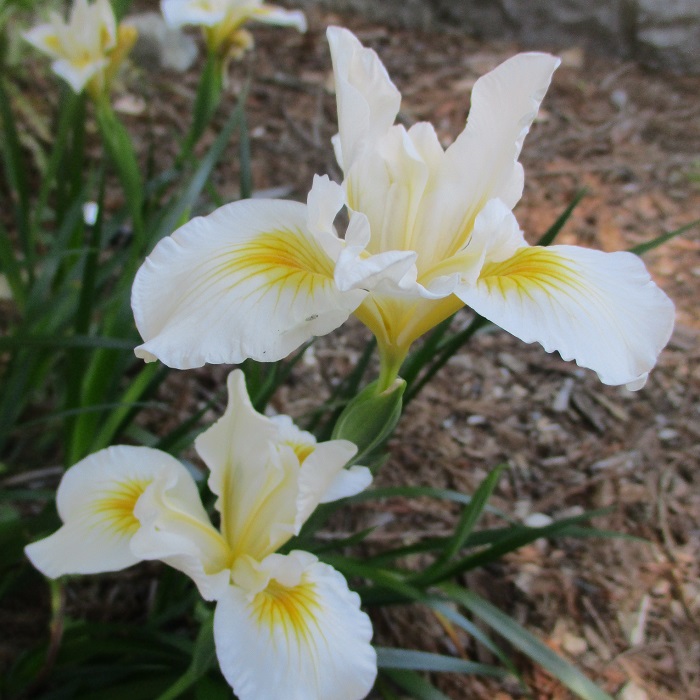UNITED STATES—Germinating seedlings know which way is up. Perhaps they just know which way is down. They cannot see, hear, taste, smell or feel anything like we can. Nonetheless, they know which direction to extend their first root and stem. One thing that they can perceive is gravity. Gravitropism, which was formerly known as geotropism, is how they respond to gravity, or the Earth that generates it.
Positive gravitropism is why the first root to emerge from a seed extends downward toward gravity. Negative gravitropism is why the first stem to emerge from a seed extends upward away from gravity. Positive is toward. Negative is away. Roots and stems that develop after the first, disperse in other directions in response to other stimuli, but never really forget where gravity comes from.
Plants are far more perceptive than they get credit for.
Once a primary stem of a seedling emerges from the soil, it immediately responds to sunlight. Just as it exhibits negative gravitropism to grow away from gravity, it exhibits positive phototropism to grow toward sunlight. Since sunlight comes from above, positive phototropism is compliant to negative gravitropism. Branches will later disperse laterally to avoid the shade of other branches.
While branches are finding their way in the World, roots are doing the same. All of them cannot always reach for the center of the Earth. They branch and disperse laterally as they sense that they are sufficiently deep in the soil. Those that venture too deeply sense an inhibition of gas exchange. Those that are too shallow sense if they get too warm or dry. There are a few types of tropisms.
Roots respond to moisture, nutrients, chemicals, temperature and mechanical stimulation within the soil. Branches and foliage respond to humidity, wind, temperature variations and air pollution. In order to function within their dynamic situations, plants somehow coordinate their responses to all of the many stimuli they experience. They are impressively perceptive, as well as responsive.
Even celery, green onions and leafy tops of carrot in a refrigerator can reach upward away from gravity.
Highlight: Pacific Coast iris
Various species of iris that are native to exposed coastal hillsides are uncommon in nurseries. Even nurseries that specialize in native species grow only a few. Iris douglasiana was probably the most popular of these years ago. Its slender flowers are various shades of steely blue, like faded denim. Nowadays, most Pacific Coast iris are hybrids of various native and a few exotic species.
The color range of these modern hybrids is impressive. Many bloom with rich shades of blue, purple, burgundy, rusty red, orange, gold, yellow or rosy pink. Softer and pastel shades include coral pink, lavender, creamy white and bright white. There is even sky blue that is almost comparable to the color of well faded denim. Flowers are more substantial than those of their ancestors though.
Bloom is sometimes significantly early, or as late as May. Otherwise, it should happen about now. Each floral stalk supports about two or three flowers that bloom in succession. Floral stalks tend to lean outward from the center of mature plants, and curve to hold their bloom upright. Bloom typically stands less than two feet high. Their slender and arching dark green leaves stay even lower.
Horticulturist Tony Tomeo can be contacted at tonytomeo.com.






